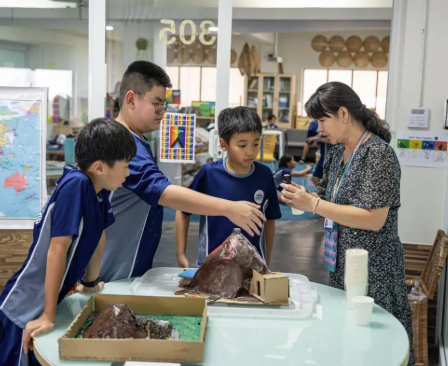Article:
The digital age is reshaping how education is delivered, and personalized learning is at the forefront of this transformation. In 2025, access to digital tools, platforms, and data is enabling more customized, flexible, and student-centered learning experiences. Personalized learning in the digital era isn’t just about using technology—it’s about using it meaningfully to support every learner’s path to success.
Tailoring Education to the Individual
In the digital age, personalized learning means students are no longer confined to a single pace, path, or method. Learning platforms adapt in real time based on student input, allowing for a more individualized approach to lessons, assignments, and assessments. Whether a student needs extra support or is ready to explore advanced topics, digital tools help meet those needs without delay.
Engaging Digital Content
Multimedia tools—such as videos, interactive simulations, digital games, and virtual labs—make learning more engaging and accessible. These resources allow students to explore complex topics at their own pace and revisit concepts as needed. By offering variety and interactivity, digital content helps students remain motivated and interested in their studies.
Real-Time Feedback and Progress Tracking
One of the biggest advantages of digital personalized learning is timely feedback. Students receive immediate responses to their work, helping them understand mistakes, reinforce strengths, and adjust strategies. Educators also benefit from data dashboards that highlight performance trends and inform instructional decisions.
Promoting Student Ownership
With access to personal dashboards and learning portfolios, students can set goals, track their achievements, and reflect on their progress. This active involvement cultivates responsibility, independence, and a growth mindset. Digital tools help learners see how their daily efforts connect to long-term success.
Supporting Equity and Access
Technology enables educators to offer differentiated resources to a wide range of learners, including those with diverse backgrounds, abilities, and learning preferences. Features such as language translation, screen readers, and customizable settings make learning more inclusive and equitable in the digital age.
Balancing Tech with Human Connection
While digital tools enhance personalization, strong relationships remain essential. Teachers act as mentors and guides, helping students interpret feedback, set realistic goals, and stay motivated. The digital age does not replace the human element—it strengthens it through better support and communication.
Conclusion
In 2025, personalized learning in the digital age is redefining what education looks like. By leveraging technology thoughtfully, educators are creating more inclusive, engaging, and student-driven classrooms. The result is an educational environment that empowers learners to succeed on their own terms—today and in the future.














